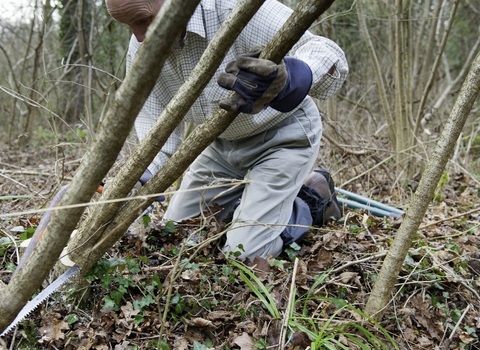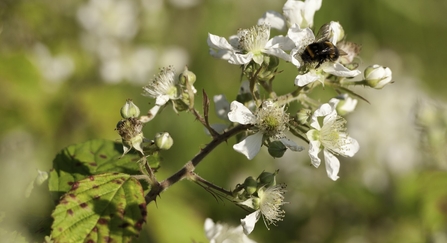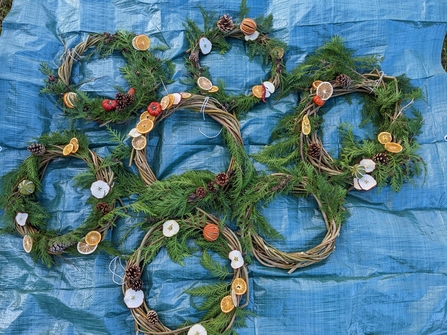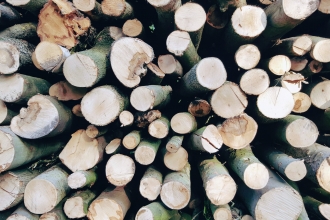Coppicing in the past
For hundreds of years, coppicing was an effective traditional British method used in sustainable wood production. Coppicing produces slender stems which are ideal for weaving. These stems were used to make products such as baskets, fencing, or hurdles.




